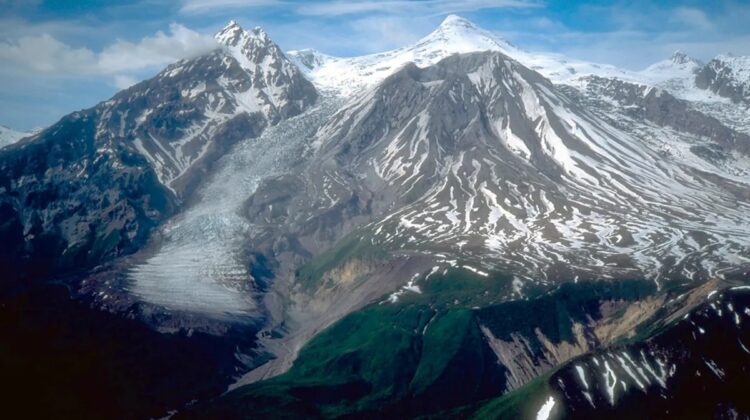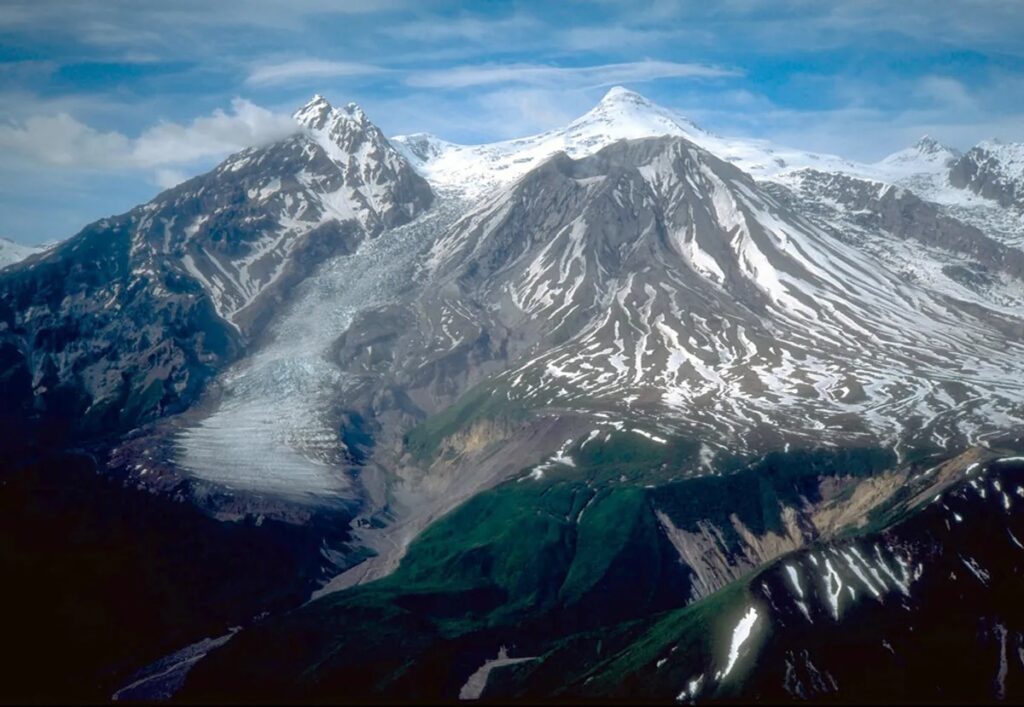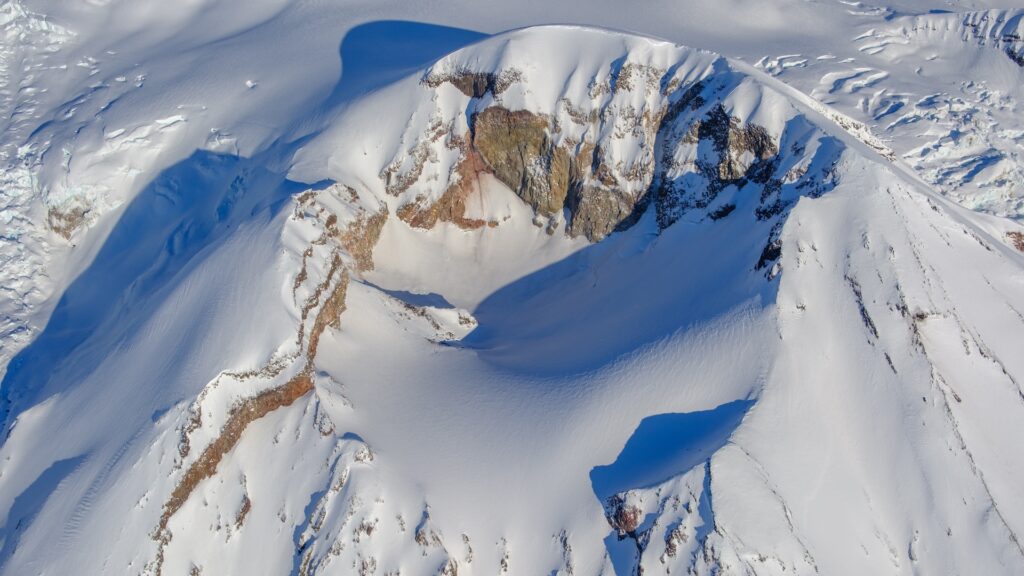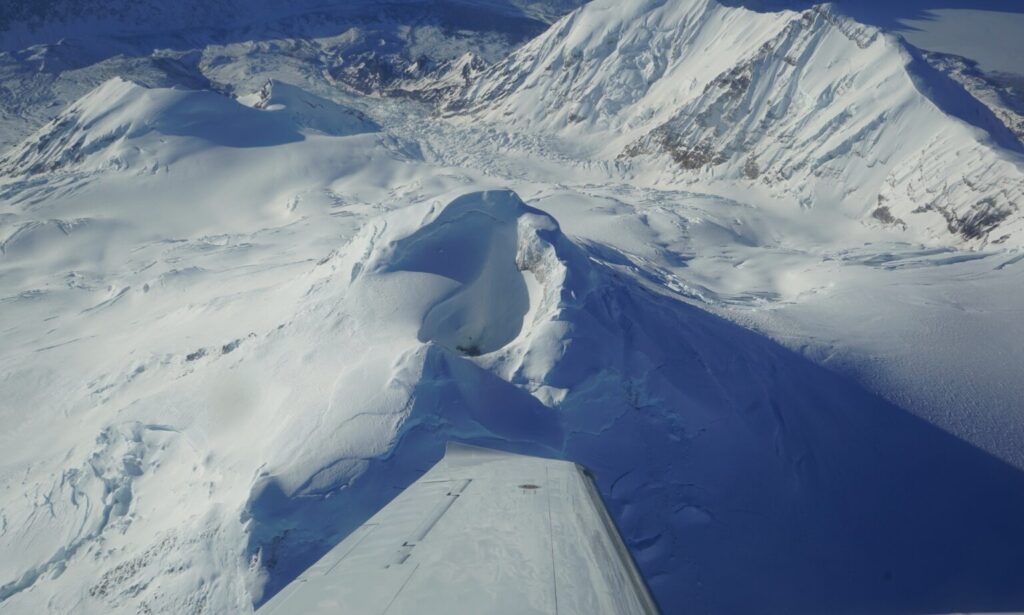
Geologists are on high alert as seismic activity beneath Mount Spurr, a snow-covered stratovolcano in Alaska’s Aleutian Arc, has surged dramatically. The Alaska Volcano Observatory (AVO) reports that the volcano is experiencing approximately 125 earthquakes per week, signaling possible magma movement beneath the surface. Experts warn that an eruption could occur in the coming weeks, potentially disrupting air travel and covering vast areas with volcanic ash.
Mount Spurr: A Volatile Past and Uncertain Future
Mount Spurr, a cone-shaped stratovolcano, has erupted twice in recorded history—once in 1953 and again in 1992. Both eruptions originated from Crater Peak, a vent located 3.5 kilometers (2 miles) south of the main summit.
“These eruptions were relatively small but explosive, dispersing ash over interior, south-central, and southeastern Alaska,” explains the U.S. Geological Survey (USGS).

The 1992 eruption was particularly significant, sending ash clouds across North America and impacting aviation. Volcanic debris from past eruptions also triggered lahars (mudflows), which temporarily blocked the Chakachatna River.
Recent Seismic Activity: A Sign of Magma Intrusion?
Since April 2024, seismic activity has been steadily increasing beneath Mount Spurr. By October 2024, earthquake frequency jumped to 125 quakes per week, with the largest tremor—a magnitude 2.9 event—occurring on January 2, 2025.
According to AVO, this pattern suggests that magma is intruding into the crust, increasing the chances of an eruption. However, the timing and scale remain uncertain.

Three Possible Scenarios for Mount Spurr
Geologists outline three potential outcomes for Mount Spurr:
- No Eruption: The earthquakes gradually subside, and magma remains trapped beneath the surface.
- Moderate Eruption (Most Likely): Similar to 1953 and 1992, a short but explosive event could send ash plumes thousands of miles downwind, affecting air travel. Pyroclastic flows and lahars would impact the immediate area around Mount Spurr.
- Major Eruption (Less Likely): An eruption from the summit vent could lead to massive explosions, lava flows, and significant glacial melting, increasing the risk of large-scale mudflows.
Despite these risks, no major cities or towns are in immediate danger. However, ash clouds from even a moderate eruption could disrupt flights over Alaska and beyond.
AVO’s 24/7 Monitoring Efforts
To assess the likelihood of an eruption, scientists at AVO are using:

- Seismic networks to detect underground tremors
- Ground deformation sensors to measure swelling in the crust
- Webcams and infrasound sensors for real-time volcanic monitoring
As Mount Spurr remains restless, geologists emphasize the need for continuous monitoring. If activity escalates, airlines, emergency services, and residents must prepare for potential disruptions.
For real-time updates on Alaska volcano alerts, visit the Alaska Volcano Observatory (AVO) website or follow their official social media channels.

Leave a Reply